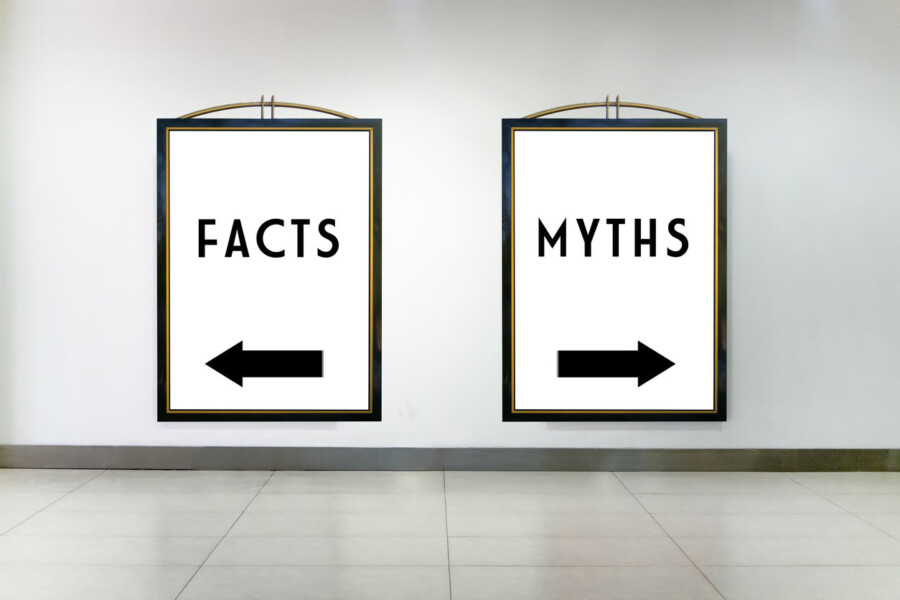Fact or Fiction? 7 Myths About Varicose Veins

Seven common myths about those unsightly veins, debunked.
When it comes to varicose veins, there’s a lot of dubious information floating around. We’re here to debunk seven of the most common myths, once and for all:
Myth #1: Only elderly people get varicose veins.
Age has little to do with varicose veins. In fact, symptoms of vein diseases can manifest as early as in your 20s, and most people who have varicose veins inherit the trait genetically. So if your parents or grandparents have varicose veins, chances are you’ll develop them as well.
Myth #2: Varicose veins only affect women.
Men often don’t seek treatment for bulging veins in their feet or legs, but that doesn’t mean it’s not an issue. Nearly 50% of men suffer from varicose veins, and the symptoms can be just as impactful as with women. Men should be just as vigilant when it comes to taking care of their circulatory systems.
Myth #3: Pregnant women should wait to seek treatment until after they’ve given birth.
While it’s true that pregnancy often exacerbates varicose veins and can lead to increased blood pressure (especially in the legs), doctors advise you to seek treatment as soon as symptoms appear. The sooner you treat varicose veins, the more likely the treatment will be successful.
Myth #4: Treating varicose veins is just a cosmetic issue.
Varicose and spider veins are often symptoms of a more serious underlying condition, such as venous hypertension or venous insufficiency. Both can lead to open leg ulcers, blood clots, or a pulmonary embolism if left untreated. It’s not just about the aesthetics: acting fast and getting to the root cause of your varicose or spider veins could end up saving your life.
Myth #5: Treatment is outrageously expensive.
In fact 90% of cases are covered by insurance. Since the majority of patients with varicose veins are suffering from an underlying venous condition, insurance companies almost always cover treatment. New laser therapy and sclerotherapy have greatly reduced the cost of treatment and the need for more invasive traditional surgery, which means there is almost no reason not to seek treatment.
Myth #6: Surgery is the only way to treat varicose veins.
There is a longheld belief that invasive surgery is the only way to address the symptoms of spider and varicose veins. While that may have been true decades ago, vein stripping is an old procedure that has been all but eliminated in modern medicine. Advances in technology have paved the way for new, minimally invasive procedures that use local anesthetics, lasers, and even sonic waves.
Myth #7: Crossing your legs can cause varicose veins.
This is a classic myth, dating back generations. The concept that crossing your legs reduces blood flow and ‘pinches’ veins might sound logical, but that’s simply not how our circulatory system works. Feel free to cross your legs all you want — although it might not be healthy to sit in one position for too long.
Hopefully we’ve managed to dispel some of the myths that have been standing between you and a more healthy circulatory system. If you’re currently struggling with varicose veins or would like more information, contact a vein specialist today!